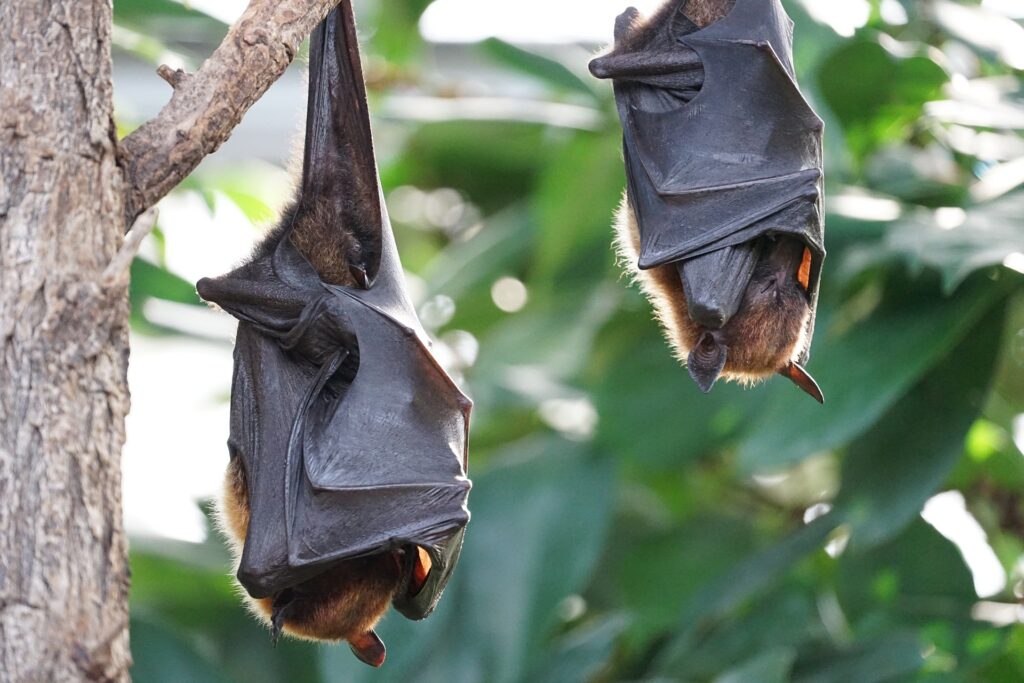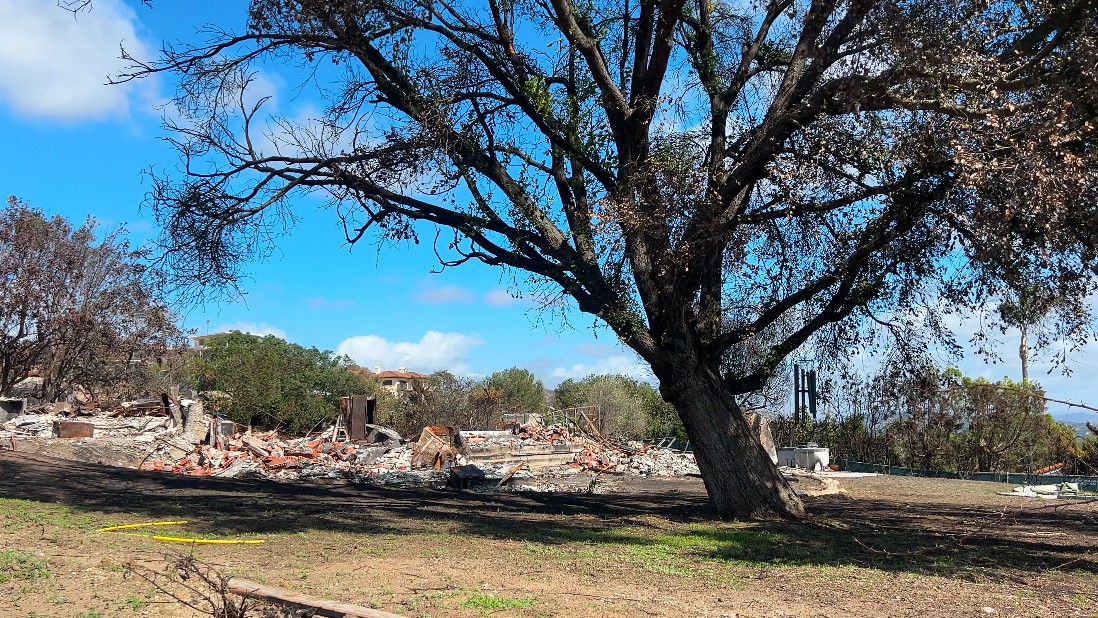(BELLEVUE, Wash.) — Dusk is setting upon the quiet Lewis Creek Park Visitor Center where a group of eager hikers are being told they’re special because they get to be the only ones in the park after closing. The temperature falls to 46 degrees, which is just above the 43 degrees threshold for bats to be out and about — a crucial detail for the night hike taking place in honor of International Bat Week, which runs from Oct. 24 – 31.
On the hike, led by Park Ranger Caileigh Hinkson, along the trails in the park’s old forest, the hikers hope to see some of the many species of bats that call Lewis Creek home. One of them is the Hoary Bat, whom Ranger Hinkson calls the “Boy Band Bat” because of its “frosted tips and large, furry mutton chops.”
Before setting out, Ranger Hinkson educates the group about Washington bats’ eating, migrating and hibernating habits. The group, which includes two self-proclaimed “bat experts” James, 8, and Rebecca, 6, was shocked to learn that bats save farmers about $3.7 billion a year by protecting their crops from mosquitoes and moths, as well as being being great seed spreaders.
“And bat poop can be fertilizer!” James enthusiastically points out.
As it begins to get dark, Ranger Hinkson leads the hikers out into the forest, telling them to keep their eyes up and look for the signature moth-like fluttering of bat’s wings in the night sky.
Stopping at a tree that was once a part of an apple orchard, Ranger Hinkson takes a moment to tell the group about the owls that live in the park. She imitates the call of the Barred Owl as sounding like “Who cooks for you? Who cooks for you all,” and invites the group to hoo along with her. The group of hikers call out into the emptiness of the closed park, leaving a strange echo among the trees.
A little further along the trail, alongside the park’s marshlands, Ranger Hinkson pulls out her ultrasonic bat detector—a device that allows human ears to hear the high frequency calls of any nearby bats searching for food in the dark.
It’s quiet for a minute, the device picks up the faint patters of sparse rain drops. Then, the clicks come through and the group lets out a gasp of excitement.
As the hike comes to a close, and the group returns to the Visitor Center, Ranger Hinkson clears up a common misconception.
“[Bats] can see just as well as we can,” says Ranger Hinkson. “Macrobats can even see three times better than us!”
Turns out the saying ‘blind as a bat’ just gives bats a bad rap.
Additional Bat Facts From Ranger Hinkson:
- There are over 1300 species of bats internationally, and Washington State is home to over 12 of those species.
- Bats make up 20 percent of all species of mammals.
- Bats are responsible for the pollination of pineapples, mangoes, and avocados.
- Bats are no more likely to carry rabies than any other species of mammal, with less than 1 percent of bats contracting the disease.


